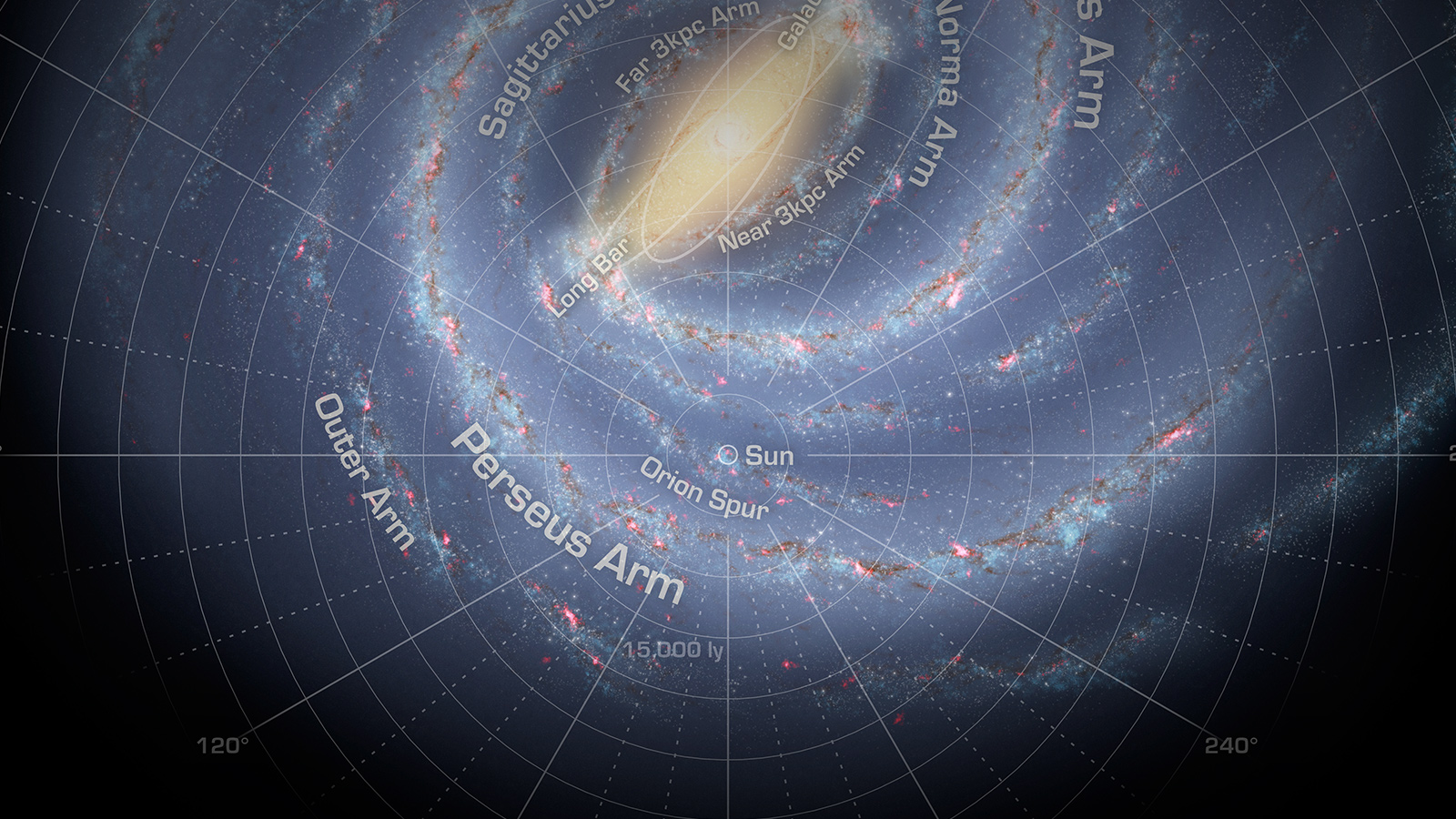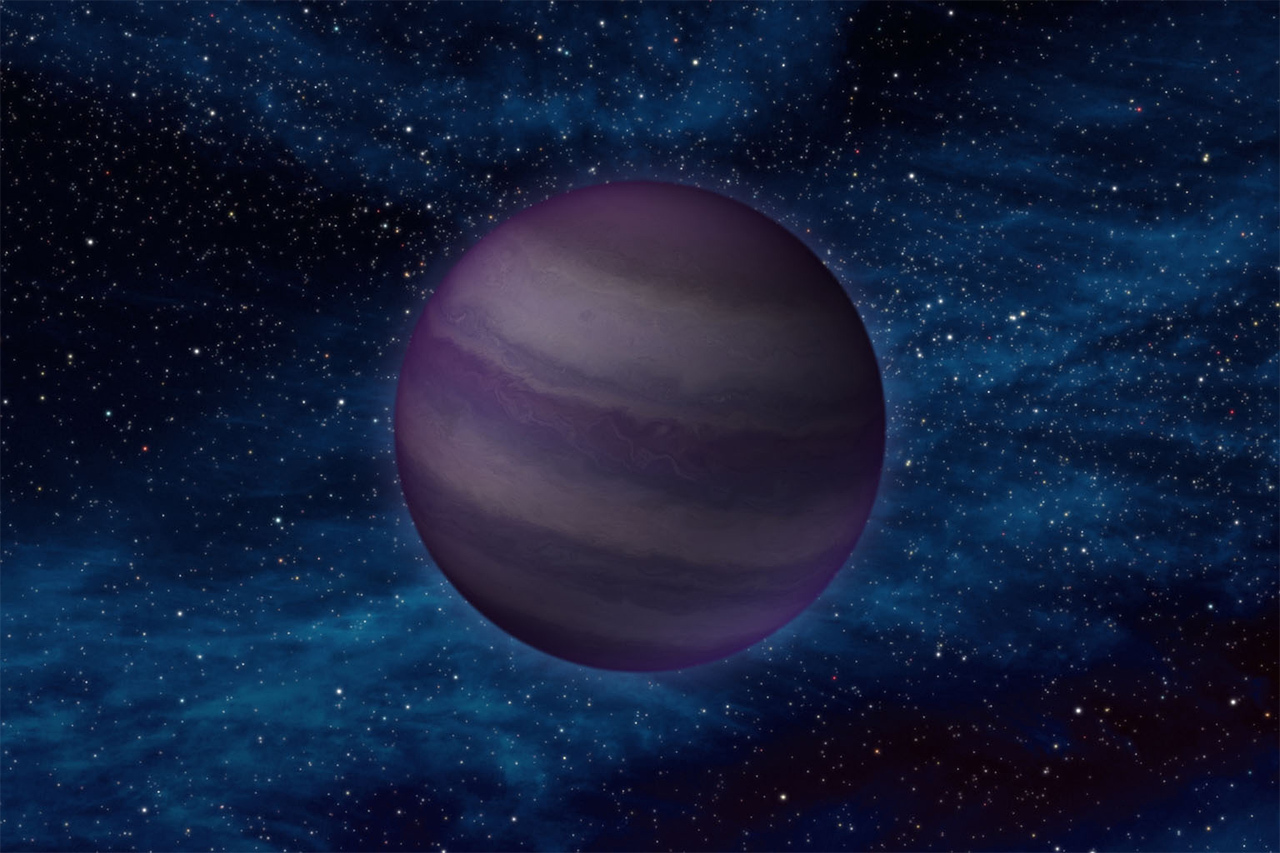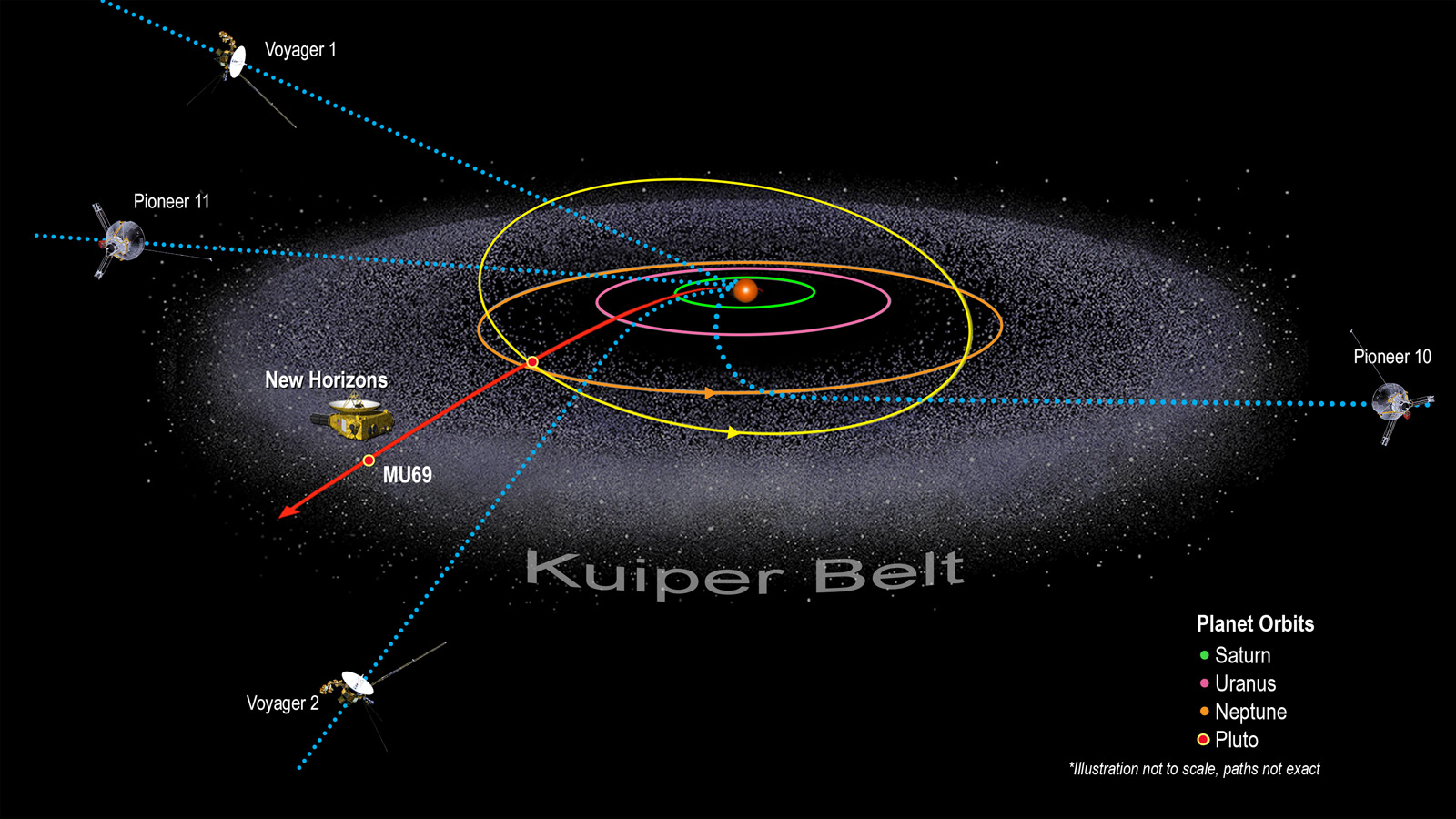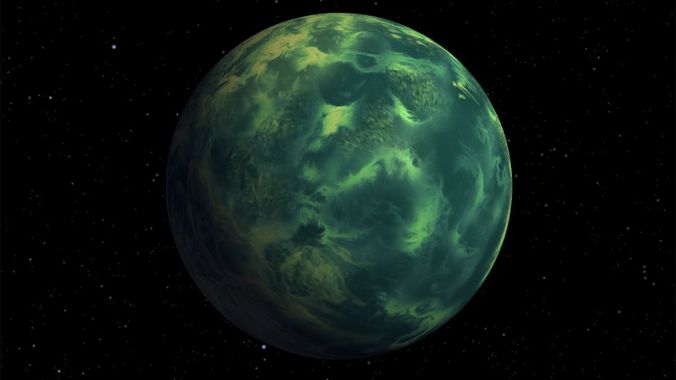
Introduction To The Solar System
Learning Astronomy is a constant process. That is what makes it so interesting. In this article, Introduction to the solar system, I talk about why it is interesting and how many parts of it were formed.

Table of Contents
- Introduction
- Comparing Everything
- How Does Observing The Galaxy Help Us
- Size Of Our Solar System Objects
- Types Of Measurements
- How Do We Get Data On Solar System Objects
- Distances In Our Solar System
- More About Our Planets
- Interstellar Medium
- How Is The Interstellar Medium Important
- The Kuiper Belt
- The One Orbital Plane
- Formation of the Solar System
- Accretion
- Planet Characteristics
- Formation Of The Large Planets
- How Did The Sun Influence The Gas Giants
- Why Are There Definitions Of Inner And Outer Planets
- Movement Of The Planets
- Where The Water Came From
- Conclusion
Introduction
The solar system is very interesting. There are countless objects wandering around out there. We have learned much from even the smallest things like dust in space. The Solar System is a very complicated and busy place. To learn, we measure everything we can and then compare constantly. That is the fun of it to me. I love looking at data and seeing how objects are different. Our resident star, the Sun, is the dominant force in the solar system.
The area that our sun has control over is collectively known as the Solar System. It includes:
planets
dwarf planets
comets
asteroids
moons
meteors
dust
one star
We have found planets that have ring systems. Saturn is the most famous example of this. Most planets have moons. Some moons are like ours but some are very different, like Titan and Enceladus.
Every year there are cool comets and meteor showers to see in the night sky. You do not even need a telescope to see these, as binoculars work great for this.
Comparing Everything
The way that we learn is by comparing. What is the mass of this planet versus the mass of this other one? To do that, we have to observe characteristics and take measurements in whatever way we can in order to build a profile about planets and everything else. Some of these characteristics are brightness, density, mass, composition, distance from host star, orbits, and many other details.
By doing this, we can logically conclude that two objects with roughly the same attributes were made the same way. This is the foundation of our experiments and theory and very important.
How Does Observing The Galaxy Help Us

This might seem like a strange question. I mean, most people would say it is a good idea to observe. But, how does it help us? When I first encountered this question in school, I really could not come up with an answer that satisfied me.
On homework I just put something generic. I am coming back to it now because I feel it is important and wanted to help others who might have had the same issue.
As we observe stars, planets, or comets in our night sky, we measure everything that we can. Things like how bright does it appear or maybe how fast does it move across the sky. We start with basics just to start somewhere.
After we do that for a while, we get an idea for how things work. It may not be a deep idea yet, but it’s there and it takes hold. When we observe other Solar Systems, we get to test those ideas and see if they hold true to these faraway objects.
Size Of Our Solar System Objects
The size of our Solar System objects varies. The largest mass in the solar system is our Sun. It is also by far the largest thing out there besides other stars. The Sun is 99% of our galaxy, if you measure by mass.
The largest planets are Jupiter and Saturn. They are many times the size of our Earth. The smallest planets are Mercury and Venus. Venus is about 80% the size of Earth but Mercury is only around 40% of our radius.
Moons are much smaller than planets. Our moon approaches the size of some of the smaller planets, but others are much smaller. Asteroids are much smaller still.
Types Of Measurements
As mentioned earlier, there are many attributes that we can measure about the objects in the solar system. Some of these measurements can be made directly but others must be indirectly made, or inferred.
Orbital Period = This is the average time it takes for any object to completely orbit any other object.
Mass = The numerical measurement of the amount of matter in an object.
Radius =Distance from the center of an object to the outside edge.
Rotation period = Time for on object to complete a single rotation.
Density = Calculated as mass per unit of volume.
Temperature = Measurement of an objects temperature often in the unit kelvins.
How Do We Get Data On Solar System Objects
The previous section mentioned several properties that we try to figure out about any object. How do we go about this though? Geometry is key to this. Specifically, the use of triangles and their properties. We can learn much using these simple tools. If possible, we even directly observe any moons, asteroids, or planets that we come across.
Distances In Our Solar System
Distances between the Sun, planets, and the Kuiper belt which is at the edge of our solar system are truly vast. The distance between the Earth and the Sun is 1 AU. That stands for astronomical unit. It is an immense distance and is defined as the distance between us and the Sun. There are around 50 AU to the edge of our solar system from the middle.
Our solar system is often talked about as flat. There is a relatively simple reason for this. It is because most everything that orbits around the Sun does so in the same geometric plane.
More About Our Planets

We often divide the planets in our solar system up between the rocky and gaseous planets.
The rocky planets are those closest to the Sun. Earth is one of those rocky planets. The other three are Mercury, Venus, and Mars. These four planets are much smaller than the outer gaseous giants. The rocky planets have some sort of atmosphere.
Atmospheric conditions are all quite different among the four inner planets though. The Earth is the only planet with oxygen in its atmosphere. There is a tangible surface on all of them too. Surfaces are all different as well.
The gaseous giants in the outer solar system are different from the inner planets. They are the furthest away from the Sun and have huge orbits. The gas planets are mostly helium and hydrogen. These gases are compressed until they become liquids at their cores. The atmospheres are gaseous, however.
As far as we know, there are no solid surfaces on the outer planets. Gravity is immense as you get below the outer atmosphere. It is much stronger than here on Earth.
The magnetic fields on the gaseous planets are much stronger than here on Earth as well. They each have several moons in their immediate orbit. Ring systems are also a common factor among the gas giants.
Interstellar Medium
You might think space was totally empty except for all of those large objects floating around out there. It is not so. There are a multitude of rocks, dust, asteroids, and meteoroids in between everything. Dust forms usually when objects grind together and debris ends up scattered everywhere. Larger objects are created through ancient explosions and collisions that have happened throughout time in our universe.
Meteoroids and asteroids are rocky objects flying around out there. Anything larger than 100 meters in diameter is an asteroid. Smaller objects are meteoroids. Comets are much larger objects. Their compositions are usually different, as they contain a lot of ice.
How Is The Interstellar Medium Important
By doing detailed studies of the material between the planets, we learn more about how the Solar System formed. This is the material that formed everything else in galaxies. Astronomers assume it is the stuff from early in the universe's history. They are most likely right. Since it is from early on, it gives us clues about the early universe and its conditions. We can usually infer many properties then and know a little more about what happened after everything first formed.
The Kuiper Belt

At the edge of the solar system is a huge asteroid field called the Kuiper belt. We named it from Gerard Kuiper who was a famous astronomer. Located past Neptune, it is at the coldest part of our solar system. It is in the shape of a disc. The belt is filled with matter of all sizes. Sizes of the matter range from dust particles to sub-planets like Pluto. It is likely that the Kuiper belt is the source of most of the comets that we see. They come our way because the comets get thrown out of orbit. While a few comets get vaporized by our Sun, many more make it to travel the solar system.
The One Orbital Plane
Almost every object in our solar system orbits or travels in the same plane. I mentioned this earlier but did not explain why. I am getting to that now. With so many celestial bodies in space, you might be tempted to think their orbits and paths would be all over the place. It would be easy to think this because there is just so much out there!
That is not the case though. Almost everything is on the same plane. Obviously there must be a common cause to this phenomenon. There sure is.
There is one object in our solar system that has the influence to accomplish the feat of aligning everything into a single plane. It is our massive Sun. The plane that everything travels about is the same as the Sun’s equator. The overwhelming and crushing gravity of our Sun handles this. There are a few minor exceptions where objects were hit and knocked a bit off path but there are very few of these.
Formation of the Solar System
What probably happened, in a simple sense, is that a large disc formed that had a lot of matter in it. This disc was rotating rapidly and eventually matter stuck together. Over time, some matter broke apart and other matter got larger. The larger pieces grew to be planets and moons. The largest piece of matter was our Sun, that was much different then.
Accretion
These primitive discs are accretion discs. They grow by having matter collide and stick together. Gravity is the mechanism responsible for everything staying together. Small objects eventually become larger matter. The process just continues over and over.
Planetary systems and Black holes have this in common. Each can have accretion discs and grow in the same way. Of course different things can happen in Black holes but I will get to that another day.
Planet Characteristics
I mentioned earlier that the planets closer to the sun were more rocky and those further away were gas giants. There are reasons for this. The main one is temperature. Temperature affects a lot of things in the solar system. In this case, it determines how matter behaves and what elements can form.
So what happens on the planets close to the Sun is that it is too hot for matter to stay together. In ways it is the same principle why we use hot water to clean things rather than cold water. The higher the temperature the easier it is for the water to break chemical bonds of dirt and other matter that may be on your hands when you wash them.
It’s the same principle next to the Sun. Matter exposed to those high temperatures breaks apart much easier. Therefore, only the larger chunks of matter remain. That is why there are only rocky planets close to the Sun and why there are gas giants in the cooler regions of the solar system.
In the outer solar system, that matter did not break apart because it was much cooler out there. Clouds of dust formed and stayed together. Gases stayed together and compacted, forming dense clouds. The early gas giants formed in this way after accreting enough material to form a core. Then gravity started affecting things like it always does.
In short, that is why the inner solar system planets are so much different from the outer planets.
Formation Of The Large Planets

There are different theories about how Jupiter, Saturn, Uranus, and Neptune formed.
One of which implies that the original bodies that would become these planets slowly leeched gas from its nebula. Growing like this would be possible because of a strong gravity field.
The other dominant theory says that these large planets formed directly from the collapsed cloud. Strong gravity caused the cloud of gas to become unstable and break apart.
How Did The Sun Influence The Gas Giants
The gas giants are mostly that, just gas. Hydrogen and helium constitute most matter in them. They got all this gas from the nebula in which they were first born. As long as there is gas, then they will continue to grow.
Our Sun was already forming too. You know every star goes through a series of phases in its development as a star. One of these phases is the [T Tauri] phase. During this time the Sun has incredible stellar winds. Stellar winds are powerful and will blow away the nebula of gases around it.
So when the nebula disperses, planets that grow by leeching gas will stop their growth at this point. This bring up two important points.
If the Sun grows slowly, it will reach its [T Tauri] phase with high winds much slower. This lets the gas giants get a lot larger.
When our Sun grows quickly, it reaches the [T Tauri] phase quickly and disperses the gas. Therefore, planets made of gas will be smaller.
Why Are There Definitions Of Inner And Outer Planets
They are so different, that’s why. It just makes sense to divide them up like this. I am not sure who first proposed this idea, but it made sense. Almost every property is vastly different. Because of this, we can compare either inner or outer planets to similar groups that orbit around other stars. Usually we can infer they have similar properties in doing this too.
Movement Of The Planets
There is also an interesting theory that says our gas giants came from far away and not created where they are now orbiting at. This theory basically says that they formed in the Kuiper Belt and moved towards the Sun slowly. The reasoning is that the gases that are now on the Jovian planets could not have gone through the planet formation stages at high temperatures. So some think they formed way out in the Kuiper Belt.
Where The Water Came From
It has been long understood that the water in our solar system came mostly from comets. There are certainly reasons that make this plausible. One of which is the frequency that comets occur in our solar system. They are constantly floating around out there. There are issues with this.
One main issue is that it takes a lot of comets to bring that much water. It is true that comets are frequent visitors in our solar system but that is still a lot of water. Once a comet gets close to a planet wouldn’t the friction of the atmosphere burn up most of the water? Even if they made it to the surface, a fiery explosion creates a lot of heat too which would also burn up the water vapor. So there are a few holes and doubts in this theory too, at least to me.
Conclusion
Our magnificent Solar System is really quite interesting to study! For a very long time we have been told that Earth and its surrounding neighbors were very ordinary and not at all special in the universe. I do not know about you, but the more I study and read, the more it seems we are truly special.
When I think about all the processes that go on in order to make this Solar System the way it is, I think of many more questions than I ever get answered. That’s the way it is though with everything, probably. In fact, it just makes me want to learn and study more. Thinking about these topics as I drive to work or when I am eating consumes a lot of time and I enjoy every bit of it.
I hope some of the ideas and topics I have mentioned here inspire you to ask more questions.
Thanks for Reading
Thanks for reading this, I really appreciate it. I love learning and writing about science. I hope this article inspired some of you to begin this journey of learning.
If you would like to join my newsletter, you can do so here.
If you would like to read other article I wrote then try these:
How Spectroscopy Is Used In Astronomy